by Jenna Noblin & Julia López-Robertson, The University of South Carolina
 Miguel’s family is not very different from many immigrant families in America today, and yet this is not a story put into the news or shown in movies. Instead, it is hidden from the majority of America. From research and bits and pieces I have heard along the way, I knew that that the journey across the border into America was dangerous, but it was never shown to me just how much until reading La Linea. The closest representation I have ever seen on this topic was on the T.V. show Criminal Minds. Even that vision made the journey look safer than it really is, Continue reading
Miguel’s family is not very different from many immigrant families in America today, and yet this is not a story put into the news or shown in movies. Instead, it is hidden from the majority of America. From research and bits and pieces I have heard along the way, I knew that that the journey across the border into America was dangerous, but it was never shown to me just how much until reading La Linea. The closest representation I have ever seen on this topic was on the T.V. show Criminal Minds. Even that vision made the journey look safer than it really is, Continue reading


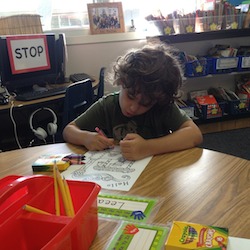

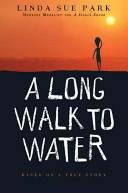
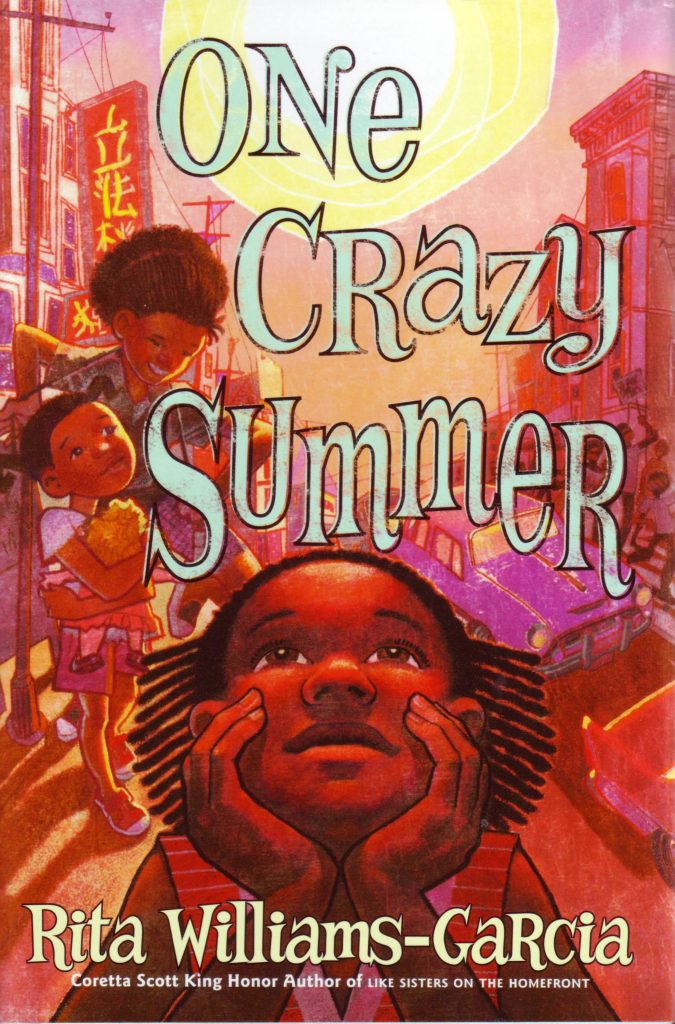
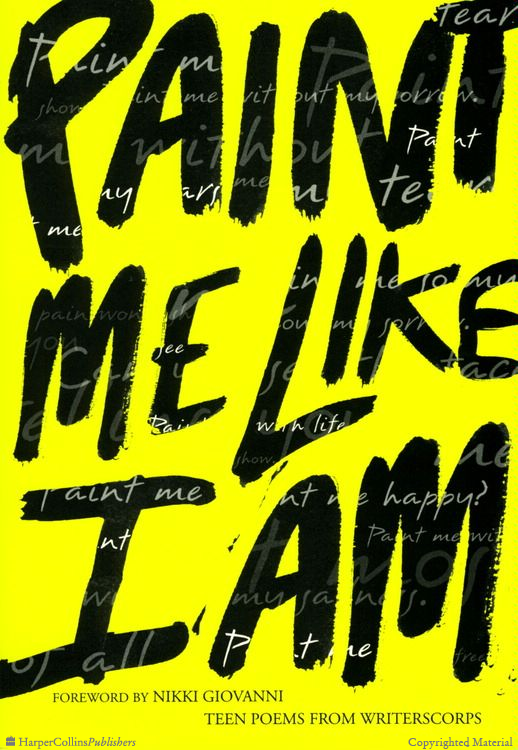
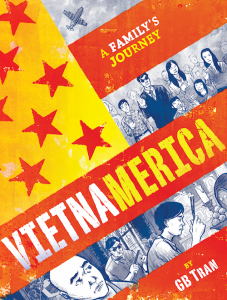
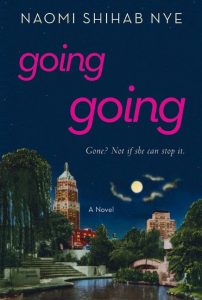
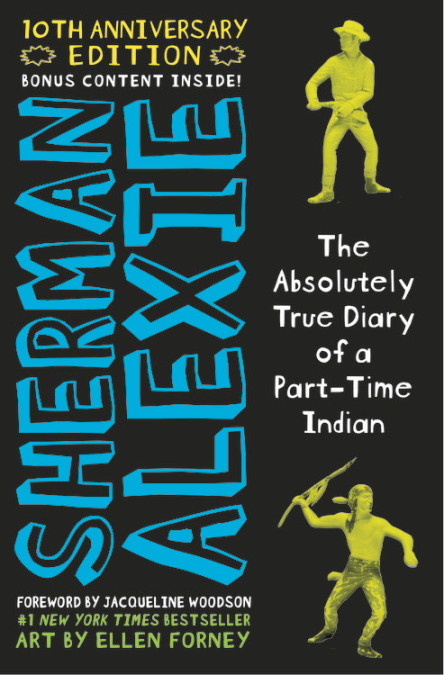
 Yang stresses the importance of being who you truly are and nothing less. As teachers it is our duty to create a classroom environment in which our students can feel free and comfortable being themselves.
Yang stresses the importance of being who you truly are and nothing less. As teachers it is our duty to create a classroom environment in which our students can feel free and comfortable being themselves.